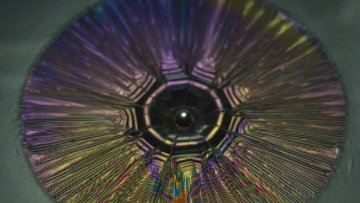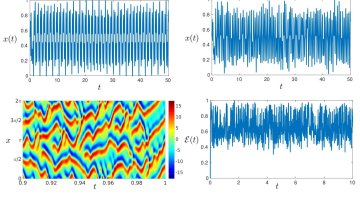14:15
Morse theory on singular spaces
Abstract
Morse theory has a long history with many spectacular applications in different areas of mathematics. In this talk I will explain an extension of the main theorem of Morse theory that works for a large class of functions on singular spaces. The main example to keep in mind is that of moment maps on varieties, and I will present some applications to the topology of symplectic quotients of singular spaces.



